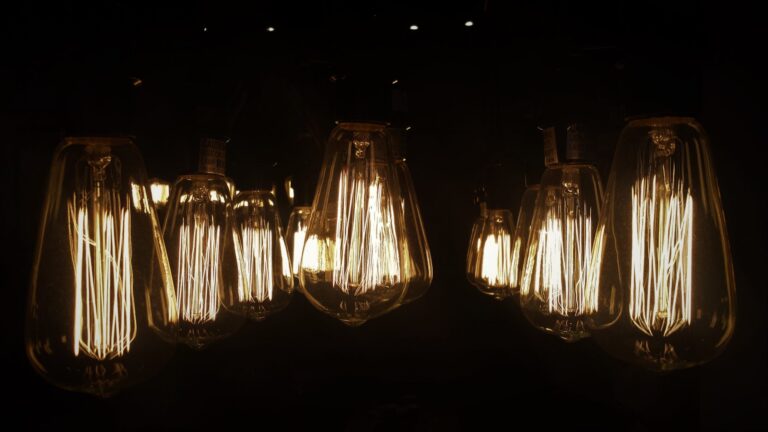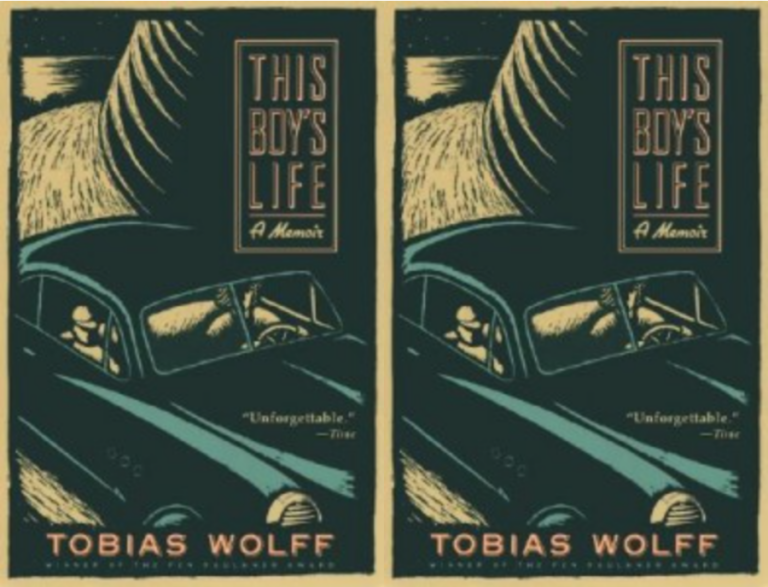The Myth of the Literary Cowboy, Part 3: Golden Years
When I was an undergrad, I was constantly debating my Comp II nemesis, a film major who would say things like, “Americans didn’t really start making films until the 1970s.” Yes, he was that guy. Once during a film and literature genre discussion, talk turned to Westerns. My nemesis went on for about ten minutes about how 1971’s McCabe and Mrs. Miller was the real beginning of Westerns, not the sentimental, revisionist tripe that came before. I countered with the 1953 classic Shane, but before I could elaborate, he interrupted.
“Shane is the worst. You’re buying the hype. Shane is a crap film and a weak character.”
Before I could calm my redheaded, Texas temper, I shot back, “Shane could kick your ass.”
Immature? Sure. True? Absolutely. Shane could have kicked his ass (and this guy was in serious need of an ass-kicking). Shane could have kicked anyone’s ass for that matter. He’s Shane. He’s the cowboy built from Wister’s mold. Made in 1953, at the height of the Golden Era of Hollywood Westerns, Shane is a movie so good I would almost say it’s better than Jack Schaefer’s 1949 novel. Almost. The title character, played by a terrific Alan Ladd, is the cowboy we know—he’s a man with a past, an ex-gunslinger who wants to give up his violent ways by working on the homesteading Starretts’ Wyoming ranch. But when the homesteaders are threatened, Shane’s moral code won’t allow him to turn his back on those in need. The film culminates with what else? A gunfight.
As good as Ladd is, he isn’t actually an actor known for playing cowboys—and ‘cowboy actors’ definitely became their own breed as Westerns grew in popularity, starting with Broncho Billy, a vaudeville star (as were many of the first movie cowboys) who made the leap to screen in 1903 with the 12-minute silent film The Great Train Robbery.
Up until then Wild West shows and vaudeville reenactments had proved that cowboys had an entertainment audience. Some of those vaudeville productions seem like bizarre low-tech reality TV to me: Robert Ford, for instance, toured the country reenacting his shooting an unarmed Jesse James in the back. (Did newspapers of the day herald it as a sign of the apocalypse, the way we do things like Splash and pretty much any show on TLC?) But as strange as some of it now seems, bringing these shows to the screen was a smart move, and audiences snapped up the new nickelodeon shorts.
Low-tech as the cowboy character may be, the entertainment world was not and the cowboy’s cultural place continued to upgrade after he made the move to TV. Silent shorts gave way to hour-long B Westerns in the 30s, which were serialized and shown as double features. They were digestible bits of entertainment that particularly appealed to Depression era audiences who wanted to see stories with action, survival, and justice.
But it wasn’t all gunfights and looking cool, because all cowboys wanted to do was sing. People loved Westerns and people loved musicals. So what would they love more? Singing cowboys! Performers like Roy Rogers, Gene Autry, and Tex Ritter were better singers than they were fighters, and I think it’s also fair to blame them for sequined cowboy wear. (FYI: In my part of Texas, we aren’t so much with the sequined cowboy hats for anyone over the age of five. And no, I don’t own a horse. Sorry to ruin my own hype.)
With the 1925 radio airing of the Grand Ole Opry, the singing screen cowboys actually impacted an additional area of pop culture as they influenced the early years of the country music movement. That connection is much more complicated, but I don’t want to get in trouble with my country music purist spouse, so I’ll leave it at that. Let’s just say pie is still a sensitive topic in our house.
(On a side note, Die Hard’s John McClane names Roy Rogers as his hero, even going cowboy for his catch phrase. This isn’t just a pop culture throwback: who is McClaen in that movie but the masculine, moral, isolated purveyor of justice? Sure he cracks jokes instead of singing, at least in the first movie before he got so serious, but he is, as his nemesis jokes, “Mr. Cowboy.” Working theory: the cowboy became the action star of the 80s. Talk amongst yourselves.)
As fun as these B Westerns were, they essentially entertainment potato chips—addictive, tasty, and lacking in substance, much like what was happening to the cowboy in print. Dime novels like Clarence E. Muleford’s Hopalong Cassidy series linked the books of the past century with the cultural issues of the current one. Even more popular were pulp magazines where short stories starring heroes of the West abounded. In fact, the cowboy stories were so popular that there were actually a number of pulp magazines dedicated solely to them, like Western Story Magazine. Wister’s cowboy lived on in those pages, but toward the end of the 30s, the pulp market began to shift toward a more violent, morally complicated cowboy.
Meanwhile, as the page cowboy took an emo turn, the screen cowboy got a budget upgrade and facelift in 1939, at the hands of a director whose name would become synonymous with the genre: John Ford. Stagecoach introduced audiences to a full-length serious Western with sound and more authentic shooting locations. (The Great Train Robbery was shot on location in New Jersey. Even 1903 Jersey does not look like Wyoming.) More importantly, he took a chance on a young, B Western actor named John Wayne. Golden Age of Hollywood Westerns? Game on.
As with the cowboy’s initial rise, Stagecoach and the Westerns that followed it were blessed with perfect timing. America was coming out of the Great Depression and moving into World War II. Like the days of Reconstruction, the country needed a strong, moral hero to be root for, who encapsulated all those peculiarly American characteristics, and who in the end would triumph over evil. It would seem that our heroes have often been cowboys.
To name a superior Western from this era of Hollywood is to issue fighting words; there are so many to consider and everyone has a favorite. Which brings us back to Shane. Good grief, Shane is a damn fine movie. First, it’s just a good story with complex relationships and realistic details. In between the action there is actual plot and character development, something I think is rarely done well—in movies from any era. The dialogue is quote-worthy as well. Shane responding to a troublemaker with, “You speaking to me?” is just a more cowboy version of De Niro’s “You talking to me?” scene in Taxi Driver.
Beyond that, Shane represents the myth of the cowboy in an almost meta way, because it is about the myth as much as the man. Shane realizes that he represents the dying West; the violent, uncivilized landscape that at one time needed his gunslinging for order. The film’s wholesome homesteaders, the Starretts, especially father Joe, represent the new West where civilization and family have finally settled. That Shane is aware of this transition, yet still becomes enmeshed in its conflict before sacrificing himself to uphold it, makes for a poetic narrative. In the end, whether he rides off dying or already dead (discuss!) is actually irrelevant; Shane recognizes his part in the myth of American history, even as it fades.
While The Searchers, released three years later, is another high ranking Western for me (I’m currently devouring Glenn Frankel’s book on it), Shane is my pick for best of the era. By the mid-1960s, America was in a cultural identity crisis and the cowboy certainly reflected that. For the next few decades filmmakers and writers would revisit the cowboy, deconstructing, criticizing, and redefining him. The cowboy as I love him in Shane never returned in the same way. (Please hold all Unforgiven arguments for the moment—we’ll get to that, I promise.) Despite that, his story is far from over. Join me next time as we look through the cowboy’s troubled years on page and screen when what was once black and white becomes increasingly gray.
Now I pose the dangerous question: what’s your favorite Western from the Golden Age (1939 to 1965)?


